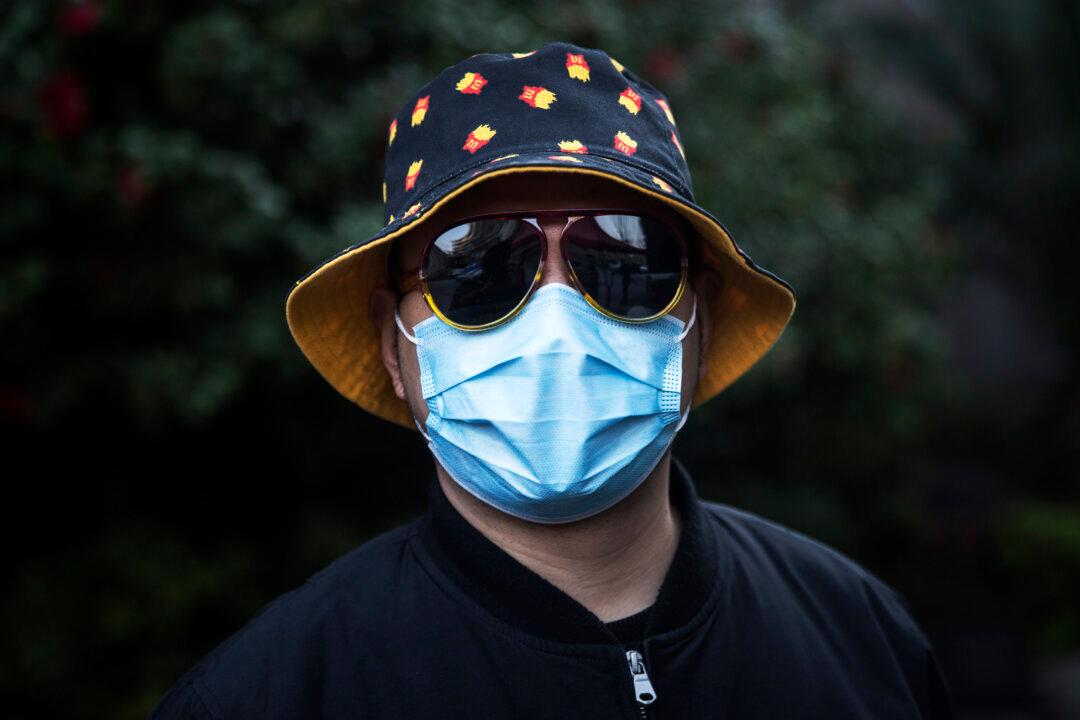Commentary
The world can learn much by paying attention to how the outbreak of the CCP virus—commonly known as the novel coronavirus—has been handled in China.

The world can learn much by paying attention to how the outbreak of the CCP virus—commonly known as the novel coronavirus—has been handled in China.